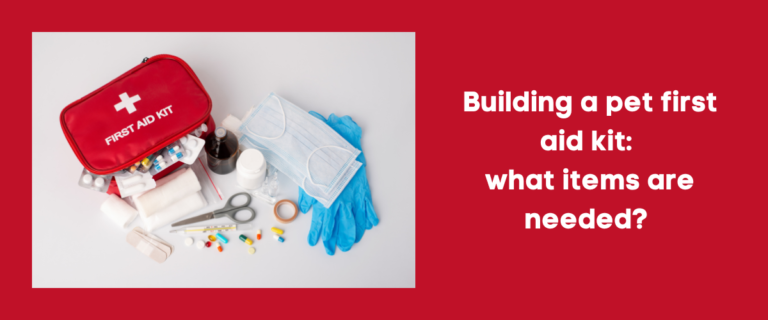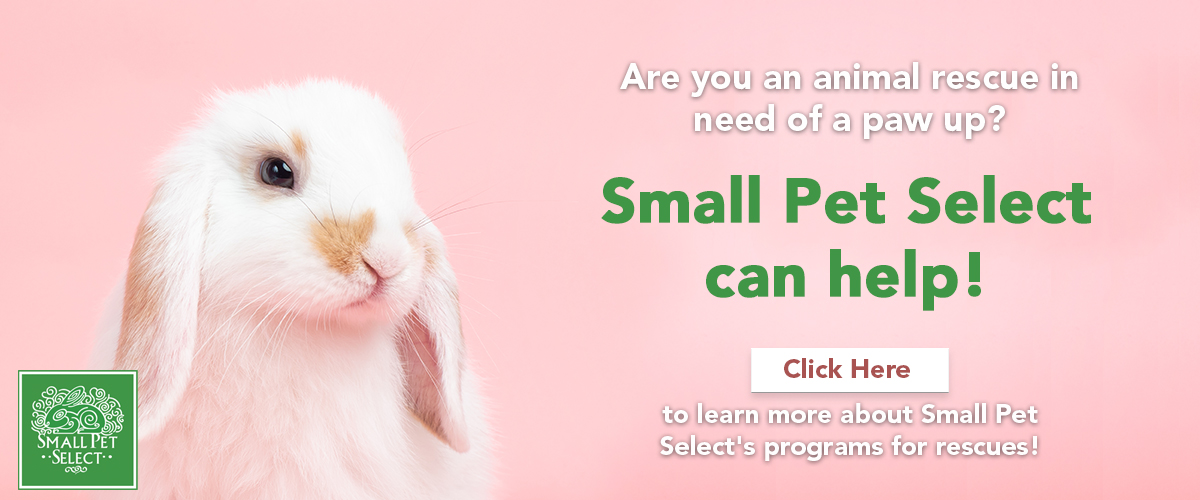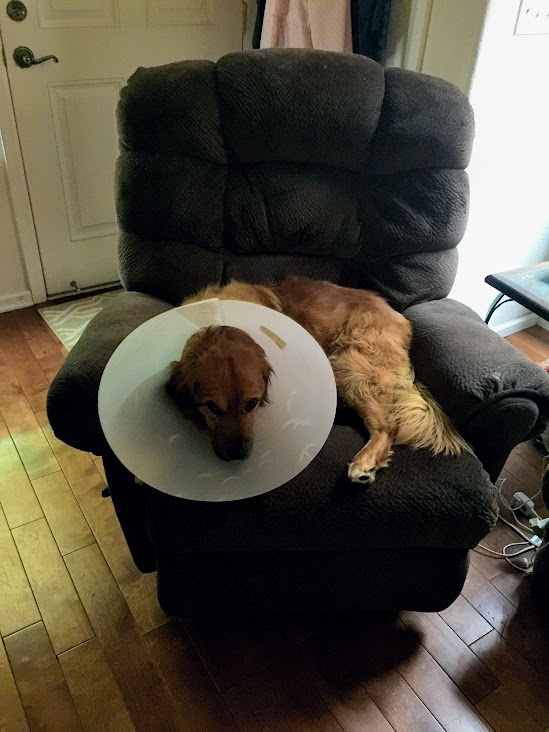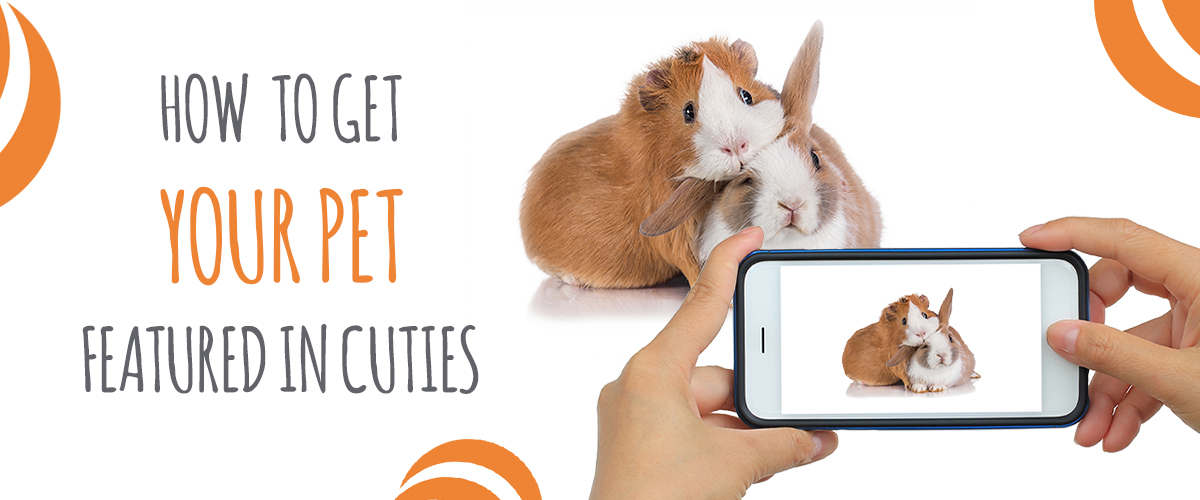The results are overwhelming if you use the Google to check out items for a pet first aid kit. There are pre-assembled kits and all kinds of lists. So how do you know what you really need? We will help you figure that out.
Ask your vet
We here at Small Pet Select say, "ask your vet" a lot. Wondering why? They know your pet better than anyone else other than you. Additionally, they can recommend specialty items for your pet’s specific medical needs to put in your pet first aid kit. For example, when I tried to bond Ears and Sunny Bunny, they got into a scuffle. Sun Bunz made a nice hold in Ears' ear. I found out from our vet that you shouldn’t use a triple antibiotic ointment (brand name Neosporin Plus) with pain relief on rabbits. Our vet said colloidal silver ointment is safe for rabbits to ingest, while Neosporin Plus isn’t.
Ask your rescue
Did you adopt your precious pet from a rescue? Chances are, they have breed or species-specific pet first aid kit recommendations. Additionally, if they have a gift shop like we do at Rocky Mountain House Rabbit Rescue, they sell all the first aid kit supplies for rabbits. Finally, don’t forget to ask if they offer pet first aid or health check classes.
General pet first aid kit supplies
Here are some suggestions of items to have in your pet first aid kit.
Pet emergency care contact and address information. Have a list of all the places your pet can get care quickly in an emergency. This should include your vet, plus urgent and emergency care options in your area.
Pet carrier. Make sure you keep your pet first aid kit with your pet carriers so you can quickly grab one to help restrain your pet. However, it may be better to have another hooman hold your pet in certain situations. For example, when Zach dislocated his hip, putting him in a carrier would increase his pain.
Bandages (with adhesive or non-adhesive, depending on species), gauze, cotton balls, and cotton swabs (brand name Q-tip). Make sure to keep a variety of sizes on hand.
Elizabethan collar, aka "the cone of shame” or “e-collar.” All pawrents make jokes about improving your tv reception or talking to aliens when your pet dons the cone of shame. We must have five different cones, but they don’t go bad. Any time our pets have a procedure done, we bring the e-collar when we drop them off, so we don’t have to pay for a new one.
Our Max recuperating from urethra blockage/bladder stone surgery in June 2016.
We also got Max a soft e-collar as the plastic one was hot in the summer and he had to wear it for several weeks.
Small, helpful tools. Tweezers, scissors, pet nail clippers, flashlight, reading glasses, etc.
Disinfecting solution/Hydrogen Peroxide. Peroxide is very useful. You can use it to irrigate wounds or to make your dog vomit (again, ask your vet).
Styptic powder. Styptic powder now comes in various formats (the pads drenched in styptic powder solution are my new fave). Still, it stops bleeding from nail trims and other minor wounds.
Syringes and eye droppers. These items are fantastic for giving medications and nutritional supplements.
Splints. If your pet has broken or severely injured a limb, splinting will keep it from moving and may reduce discomfort.
Hot and Cold Packs. These are super useful if your pet has a heat or cold injury or needs to decrease swelling.
Muzzle. When pets are injured, they may act out to protect themselves. Having them wear a muzzle keeps everyone safe. However, don’t let an emergency be the first time you muzzle your pet. Practice putting the muzzle on your sweet baby and reward them appropriately afterward.
What items do you have in your pet first aid kit? Is there anything important we missed? Please let us know via email or by commenting on our socials. Thanks for reading!!!
DISCLAIMER: The links and information are being provided as a convenience and for informational purposes only; they do not constitute an endorsement or an approval by Small Pet Select of any of the products, services or opinions of the corporation or organization or individual.
VETERINARY DISCLAIMER: We are not veterinarians, and none of our information should be construed as veterinary advice. If your pet is acting unwell, you have concerns for their well being, or before adding any new product, please contact your veterinarian immediately.
Want to learn more about pets? Check these out!
Guinea pig anatomy: five fun facts










